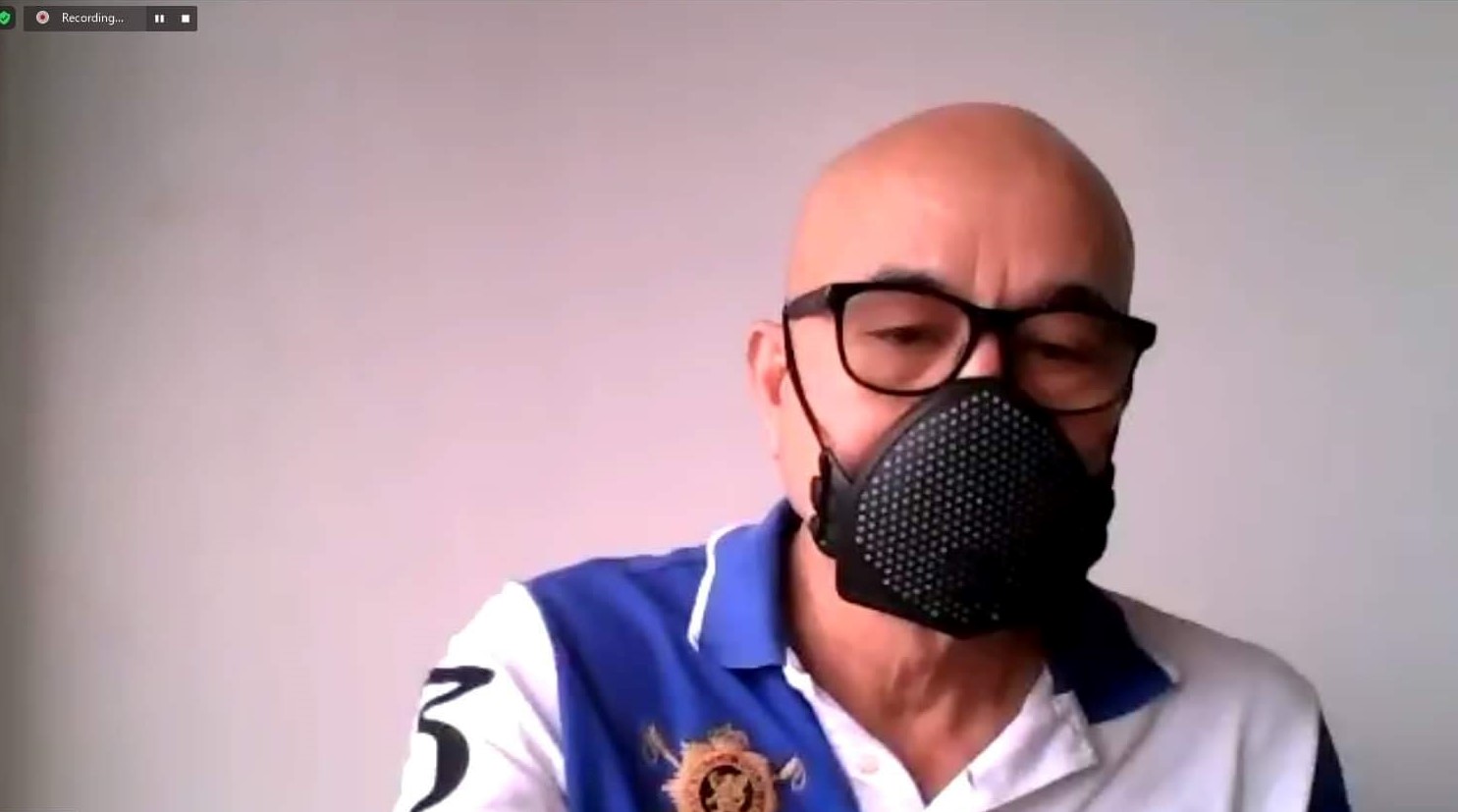
Ret. Gen. Mel Feliciano, IATF-Visayas Deputy Chief Implementer meeting with doctors to explore the reduction of CO2 emission inside enclosed settings to lessen Covid-19 infections. (Contributed)
Health experts call on the public to improve ventilation in homes and public establishments to reduce coronavirus transmission.
The Healthcare Professionals Alliance Against Covid-19 (HPAAC) identified carbon dioxide (CO2) reduction as one helpful measure to safely reopen Cebu’s economy.
The group made the recommendation Monday in a virtual meeting with members of the Inter-Agency Task Force-Visayas, as they explore other ways to mitigate Covid-19 transmission by reducing CO2 emissions in indoor settings.
Dr. Antonio Dans of HPAAC said 400 parts per million of CO2 emissions is safe while 400 ppm to 500 ppm is acceptable. “An 800 CO2 emission is risky, and a 4,400 ppm is dangerous,” he said.
He also warned that the efficacy of wearing masks diminishes in an indoor setting, stressing on improving ventilation to lessen infections. “The higher the CO2 level, the more the air you are breathing comes from other people.”
The most inexpensive way to reduce CO2, he said, is by opening windows and through exhaust fans. HPAAC suggests using high-efficiency particulate air (hepa) filter devices that filter and trap the droplets of respiratory infections to prevent them from remaining in an indoor environment for enclosed or windowless establishments.
“We should start monitoring air quality if you want to make sure that schools and workplaces are safe,” Dr. Leonila Dans also of HPAAC said.
The HPAAC recommends using CO2 monitoring devices available to determine the CO2 emission levels in an indoor setting. – Ryan Sorote